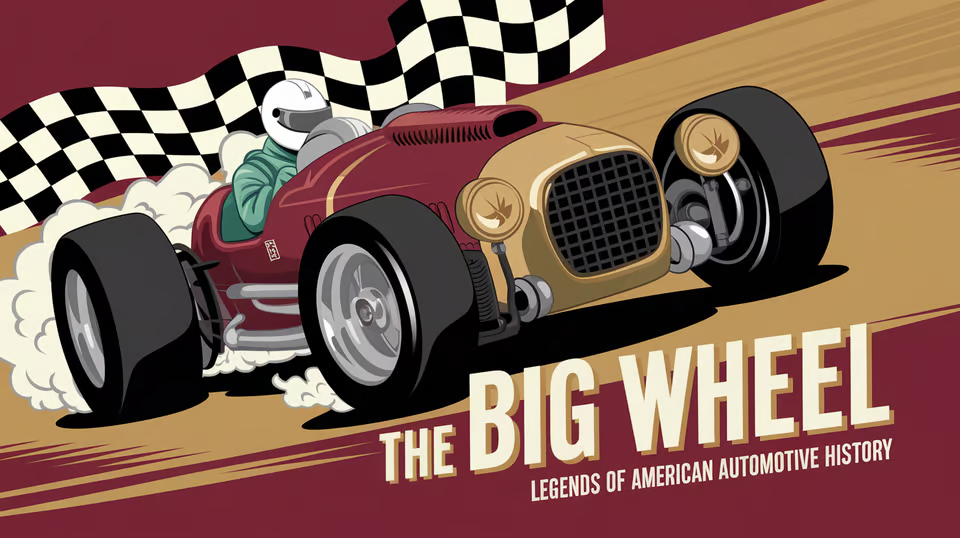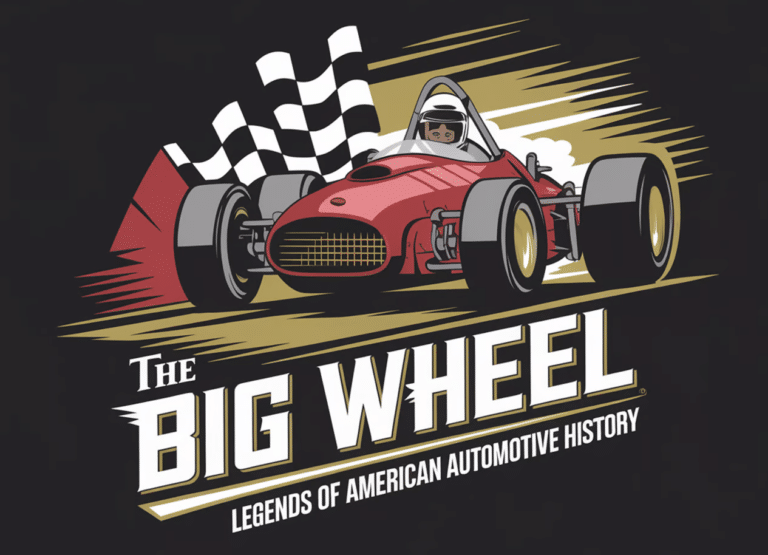F1 Canadian Grand Prix and Indy 500 to Clash in 2026
The motorsport world is buzzing after the recent news: the 2026 Formula 1 Canadian Grand Prix will land on the same weekend as the iconic Indianapolis 500. This scheduling mess between two of the biggest events in racing has fans, drivers, and teams talking—sometimes not so quietly.
Both races have their own magic and fiercely loyal crowds. With the overlap, everyone’s wondering about viewership, ticket sales, and what it means for the already packed motorsport calendar.
The Clash of Titans: F1 Canadian Grand Prix vs. Indy 500
Contents
So, 2026 will see the Canadian Grand Prix and the Indy 500 go head-to-head. These are cornerstone events for F1 and IndyCar, drawing massive audiences and showcasing top talent.
The Canadian Grand Prix at Montreal’s Circuit Gilles Villeneuve is a favorite for its tricky track and electric atmosphere. Meanwhile, the Indy 500 at Indianapolis Motor Speedway is legendary—over a hundred years of history, wild speeds, and finishes that leave you breathless.
Historical Context
The Indianapolis 500, often called The Greatest Spectacle in Racing, has run nearly every year since 1911, except during the world wars. It’s one of the oldest, most respected races out there, and it’s drawn drivers from all corners, even F1.
The Canadian Grand Prix joined the F1 scene in 1967, but it’s already seen legends like Ayrton Senna, Michael Schumacher, and Lewis Hamilton on its podium. It might be younger, but it’s definitely not lacking in prestige.
Implications for Teams and Drivers
One headache from this clash is what it means for drivers who dream of racing both. Sure, not as many drivers hop between F1 and IndyCar these days, but a few still have that ambition.
Fernando Alonso, for example, has chased Indy 500 glory several times. Now, drivers like him might have to pick sides, missing out on a chance to make history at one of these huge events.
Impact on Viewership and Attendance
Fans are in a tough spot. Both races usually pull big TV numbers and fill grandstands, but now they’ll have to pick which one to catch live.
This could split audiences, dent ratings, and make media coverage more chaotic as journalists scramble to cover both. Nobody asked for this headache, did they?
Broadcasting Challenges
TV networks and streaming services are probably sweating a bit. With schedules overlapping, they’ll have to juggle resources and maybe cut corners on coverage somewhere.
Fans who want to follow both races could end up frustrated by a scattered viewing experience. Networks will have to get creative to keep everyone happy—or at least not too annoyed.
Fan Experience
For folks heading to the races, it’s a logistical puzzle. Travel, hotels, event timing—everything gets more complicated.
Some fans who usually hit up both events might have to choose, which is a real letdown. Organizers will need to think up ways to keep fans excited and keep those attendance numbers up.
Broader Implications for Motorsport
This whole situation really shines a light on the bigger problem: motorsport calendars are getting way too crowded. As the sport grows, it’s getting harder to avoid these kinds of conflicts.
Potential Solutions
What’s the fix? Well, F1 and IndyCar bosses could sit down and try to work out a schedule that keeps the races on separate weekends.
Or maybe they could stagger the start times so fans can catch both races live. Streaming tech could help too, giving fans more ways to watch when and how they want. It’s not perfect, but at least it’s something.
Looking Ahead
2026 is shaping up to be a wild year for motorsport fans. The Canadian Grand Prix and the Indy 500 are set to clash on the same weekend, something we’ve never really seen before.
How will teams and organizers handle it? Nobody’s quite sure yet, but everyone’s definitely paying attention. This could end up changing how racing schedules are managed for years to come.
Motorsport fans, teams, and even broadcasters are already talking about what this means. Will it split audiences? Will drivers have to choose sides? It’s hard not to wonder how it’ll all shake out.
If you’re curious about all the details and possible ripple effects, check out the full article on the Autoweek website.

